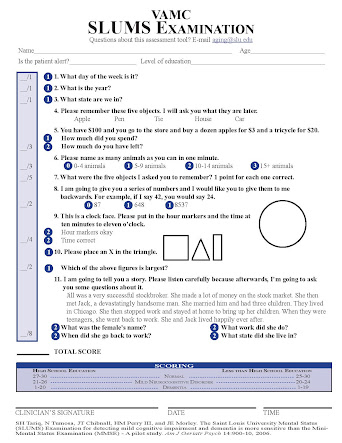Sensory Integration with Compression Vests
Autism Spectrum
Disorder primarily and other diagnoses that involve sensory deficits can induce
clients to feel unregulated and seek out sensory input. An input that is common
for these clients to seek out is tactile input which can involve variables like
deep pressure input. One of the more popular and efficient tools that is
utilized for them to achieve this is a Compression Vest.
Compression vests
can provide the deep pressure around a child’s body to give them the input they
are seeking out through their behaviors. This resource can calm them down when seeking
and it will promote focus from the compression to soothe their sensory needs.
This can be a vital tool for children in the school setting when they are trying
to partake in assignments or classroom activities. The typical child with diagnosis
of Autism or children that experience sensory deficits often become very
distracted because they are dysregulated with their sensory needs. This can be overwhelming
for a child. When you are overwhelmed, it is hard to focus on any task at hand
because you are trying to find the harmony within your own body and mind. All these
variables should to be taken into consideration when we are observing a child’s
behavior in a classroom as an Occupational Therapist.
There are certain
types of input when it comes to sensory processing. As Occupational Therapists,
we need to know how to address when tactile input is sought out or presented in
an avoidant manner. When acknowledging these behaviors, we will know if a
compression vest will benefit the specific child or if it’s too much input for
the child to handle. When a child, acts calmer and is more attentive to a task
with the vest on, then it is providing positive input. If the child begins to
experience behaviors like tugging at the vest, tantrums/cries, elopes, or covers
eyes/ears in discomfort, then it may not be the best solution for their sensory
dysfunction.
As we all know,
safety is always a top priority in our practice of Occupational Therapy. There
are some precautions to keep in mind when supplying a child with a compression vest.
First, we want to make sure it is fitting secure, but not too tight. There are
various sizes of the vest to trial for your client. You will want to bring
multiple sizes the first time to see which one fits properly. This is because
if it does not fit correct, then it is not going to be of any benefit. Second,
we need to make sure the child has proper undergarments on. This will eliminate
the chance of excessive rubbing or discomfort when wearing the compression vest.
Lastly and the most important safety precaution is the time frame of wearing.
The recommended time is 30-minute increments for the vest. For example, after a
session with 30 minutes, they need to be taken out of the vest and it can later
be put on 30 minutes later. This is very important to note because it can cause
discomfort if left on too long.
Occupational Therapists pride themselves on being holistic. One way we can be sure to accomplish this with compression vests, is to make sure that the vest is not very distracting or embarrassing to the child. Being an atypical child is a hard enough of job to take on, so we really need to consider how the vest looks. This will help our client’s confidence can stay intact and actually enjoy their time in the vest. Overall, compression vests are a great tool provided to children who are seeking out deep pressure and tactile input. When utilized properly, this vest can increase productivity which can lead to them learning more and growing – and that’s our whole purpose!
Outside Resources
Jaime, M. (2018, May 19). The benefits of compression garments for your sensory kid... Miss Jaime, O.T. https://missjaimeot.com/benefits-of-compression/
Weighted Vests and
Compression Garments. (2022,
September 6). The OT Toolbox.
https://www.theottoolbox.com/weighted-vests-and-compression-garments/



Comments
Post a Comment